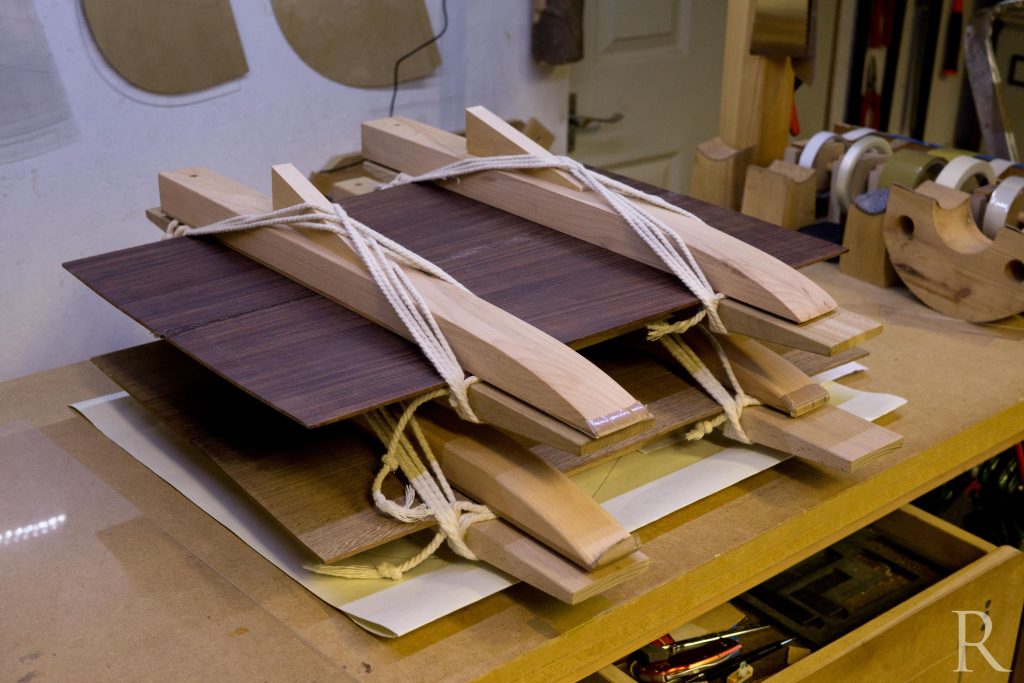
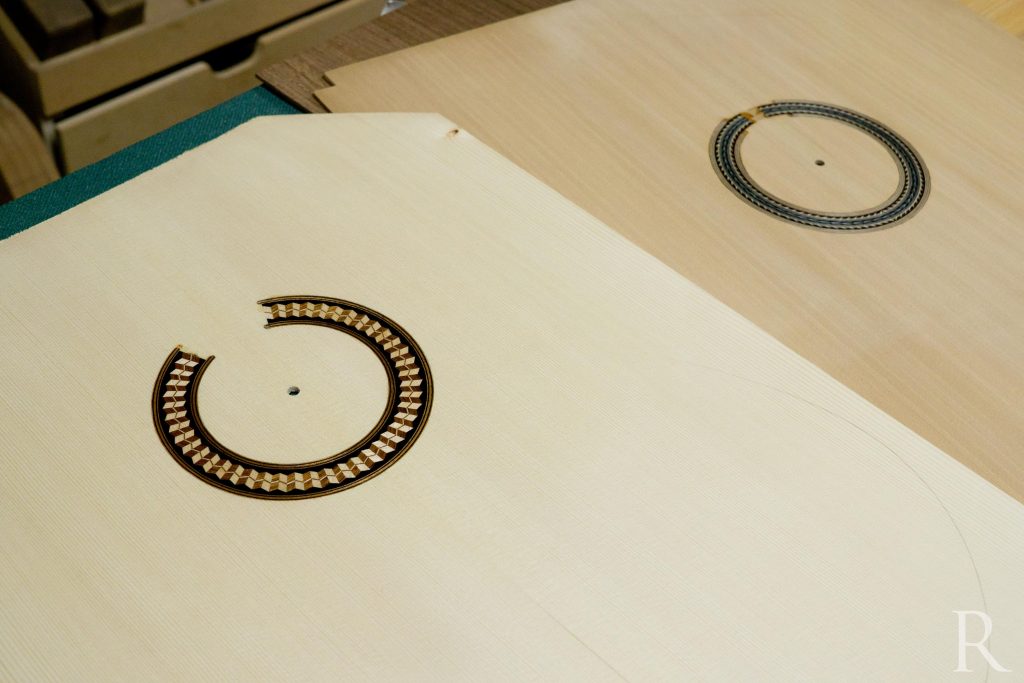
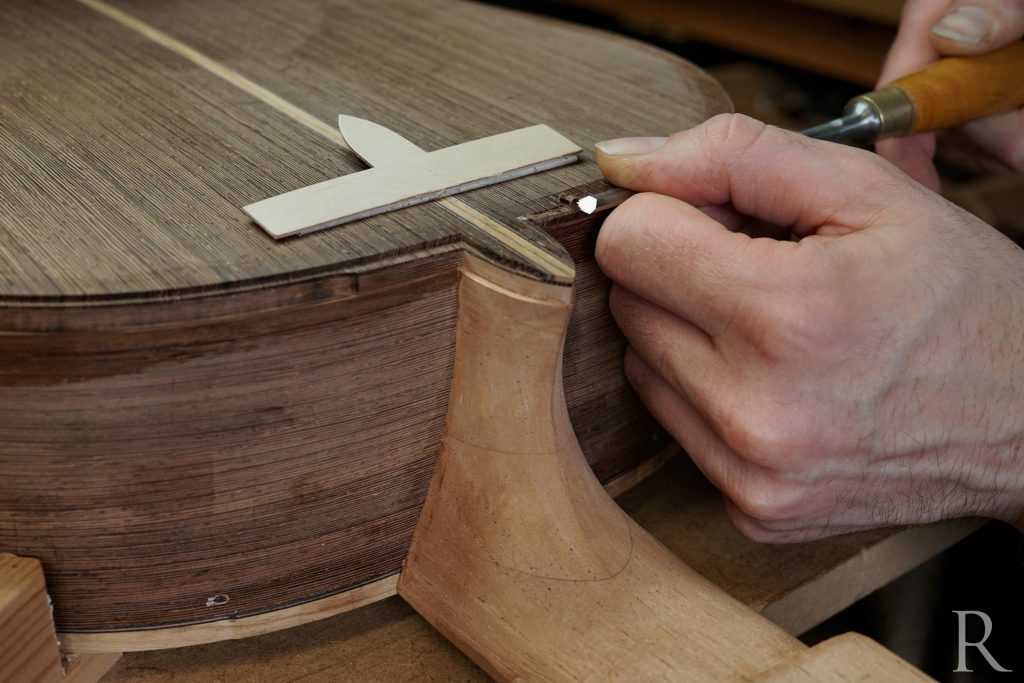
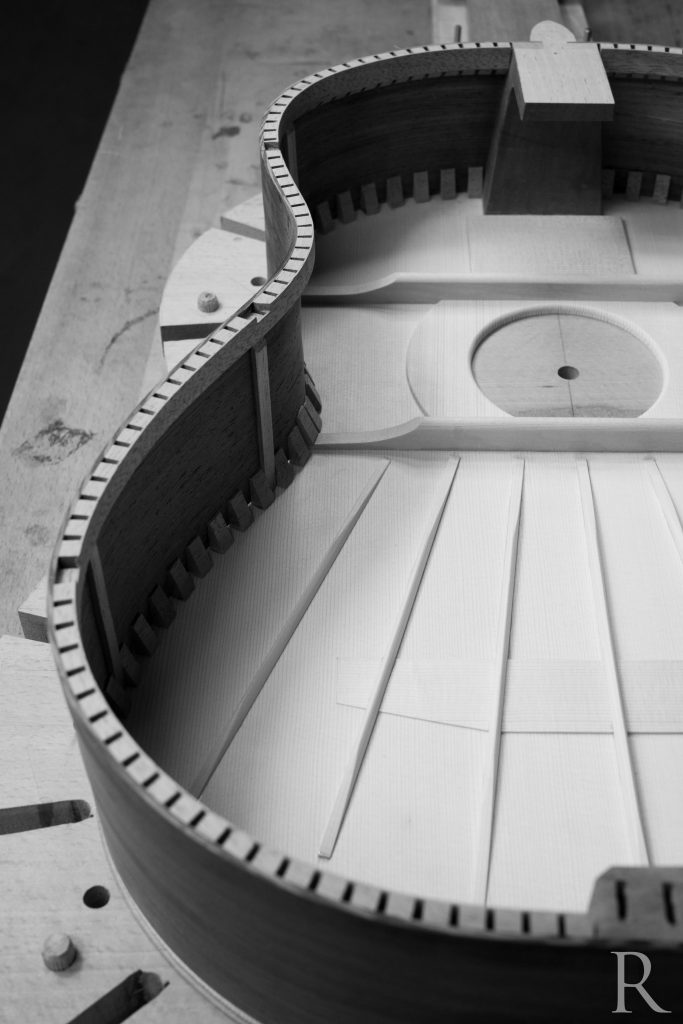
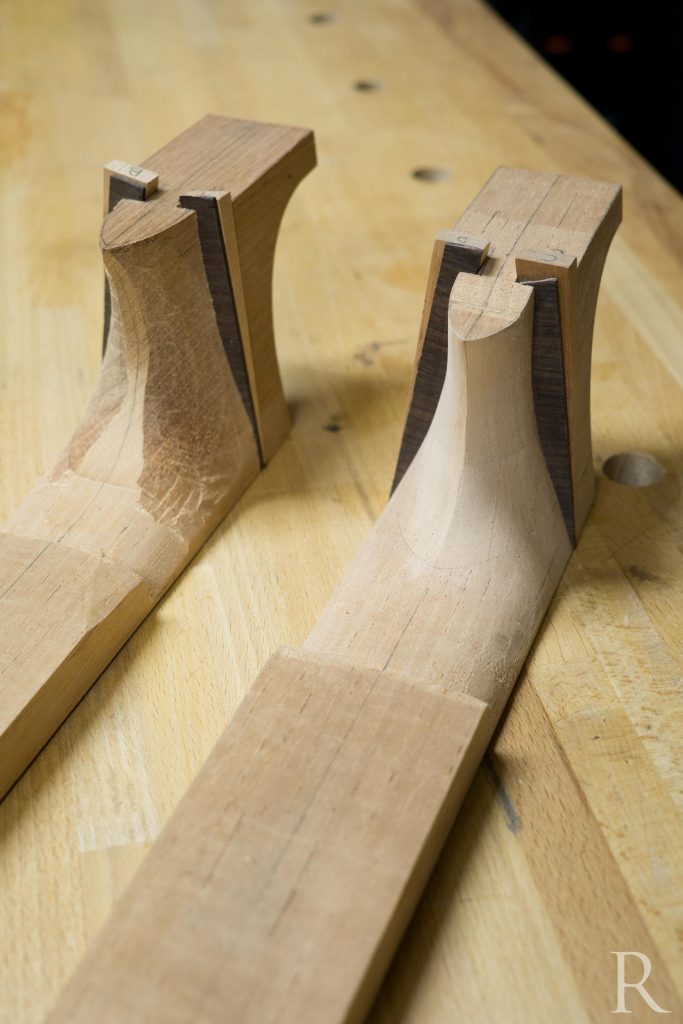
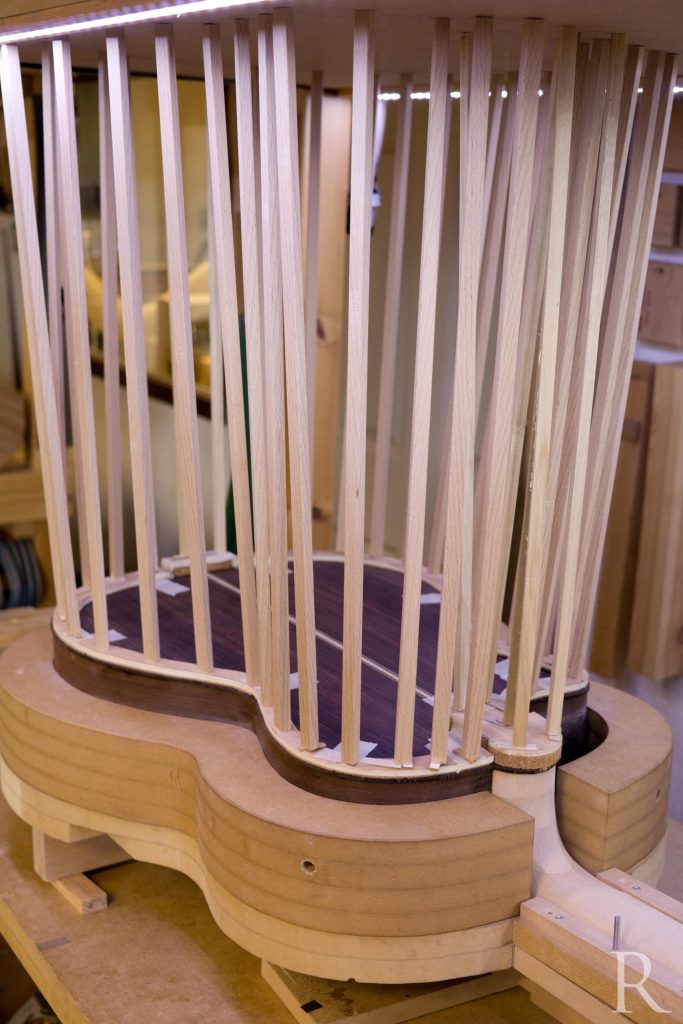
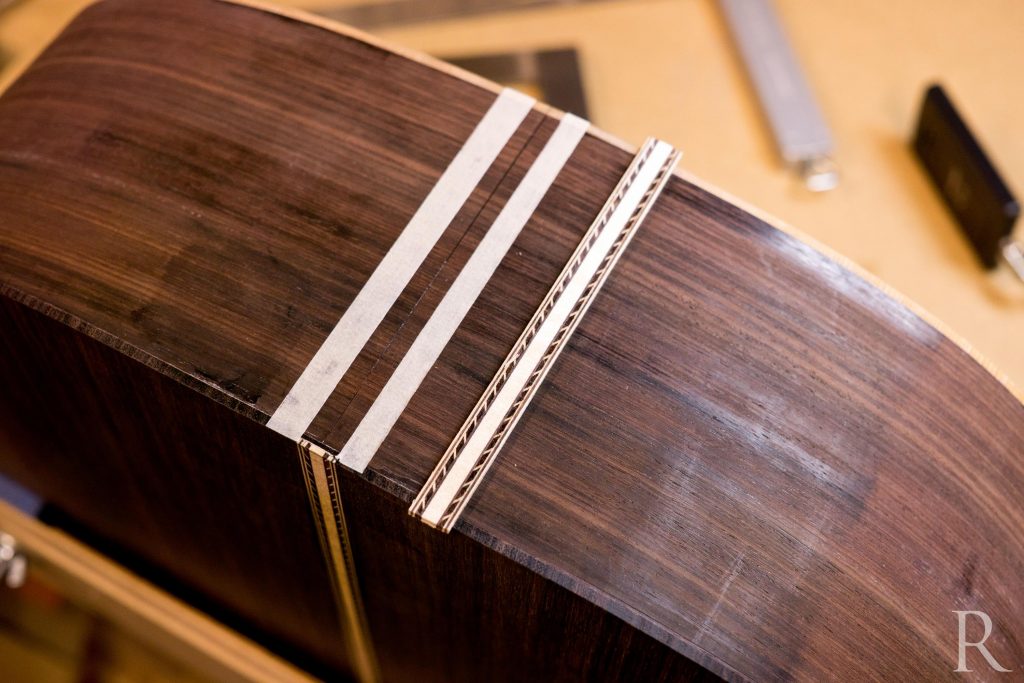

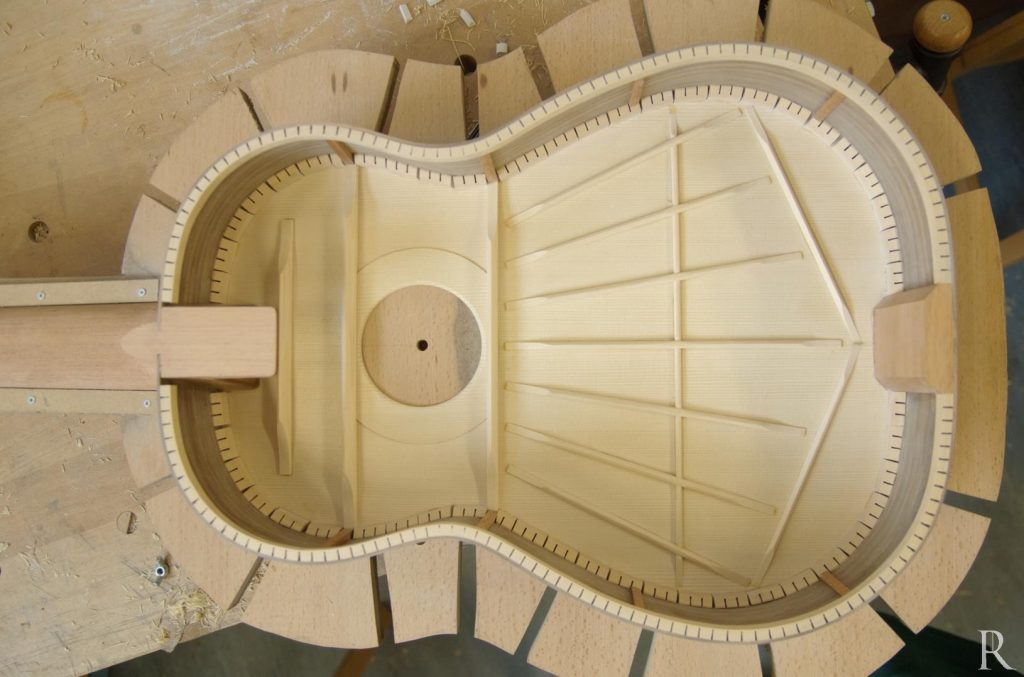


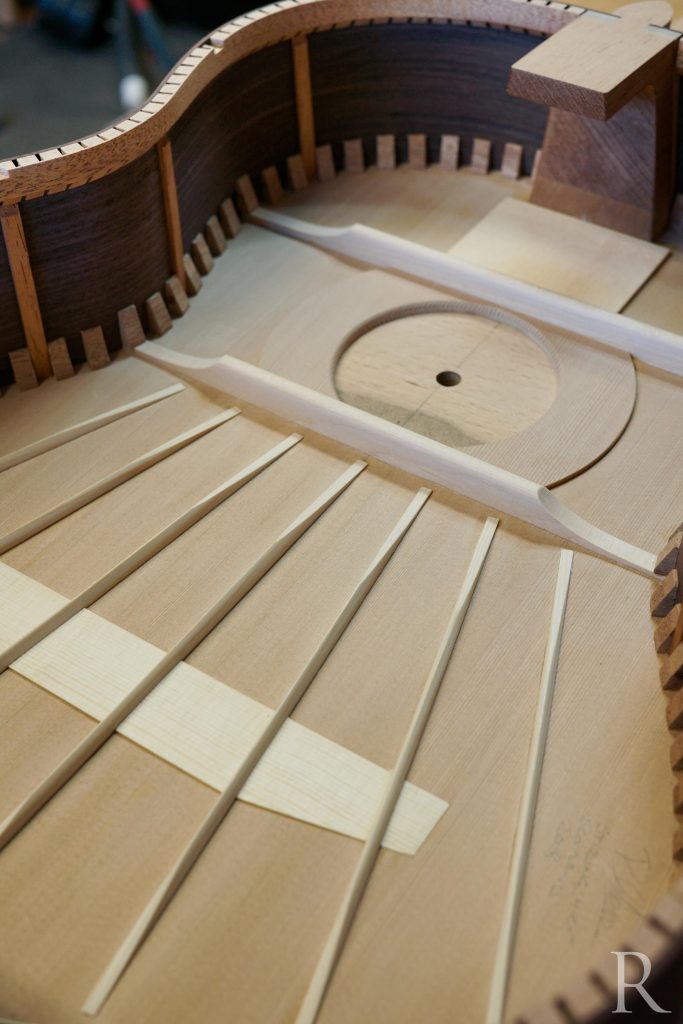
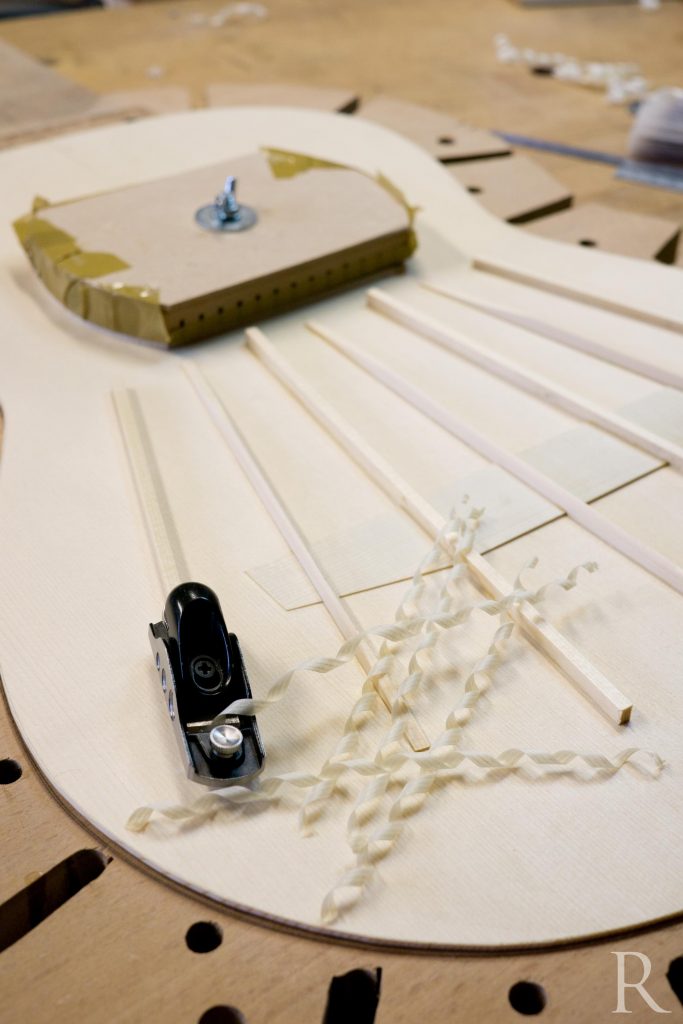
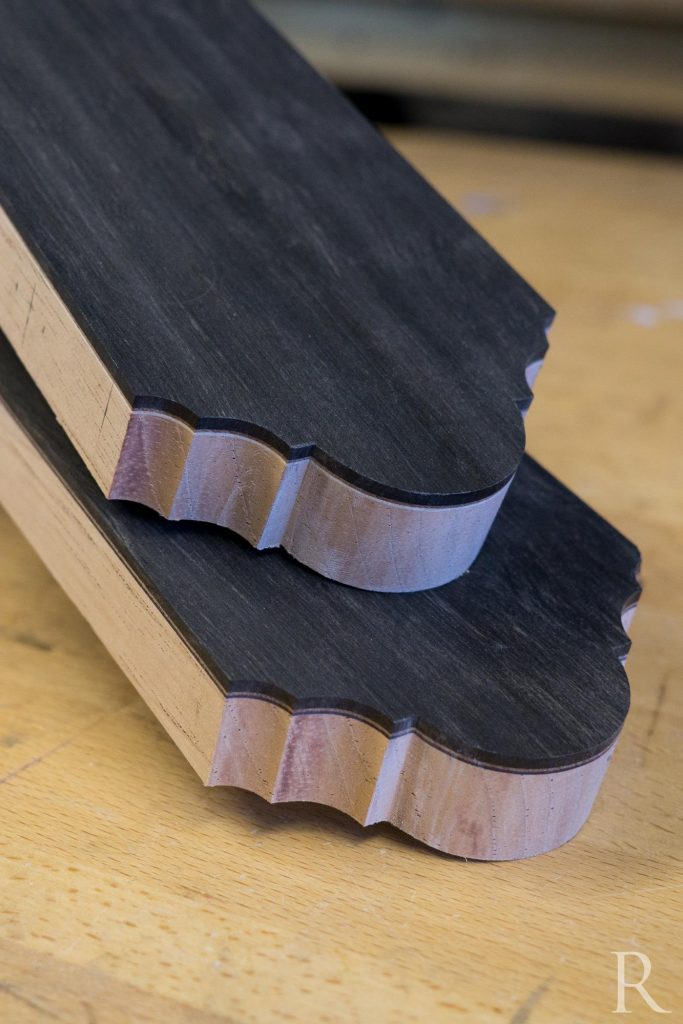
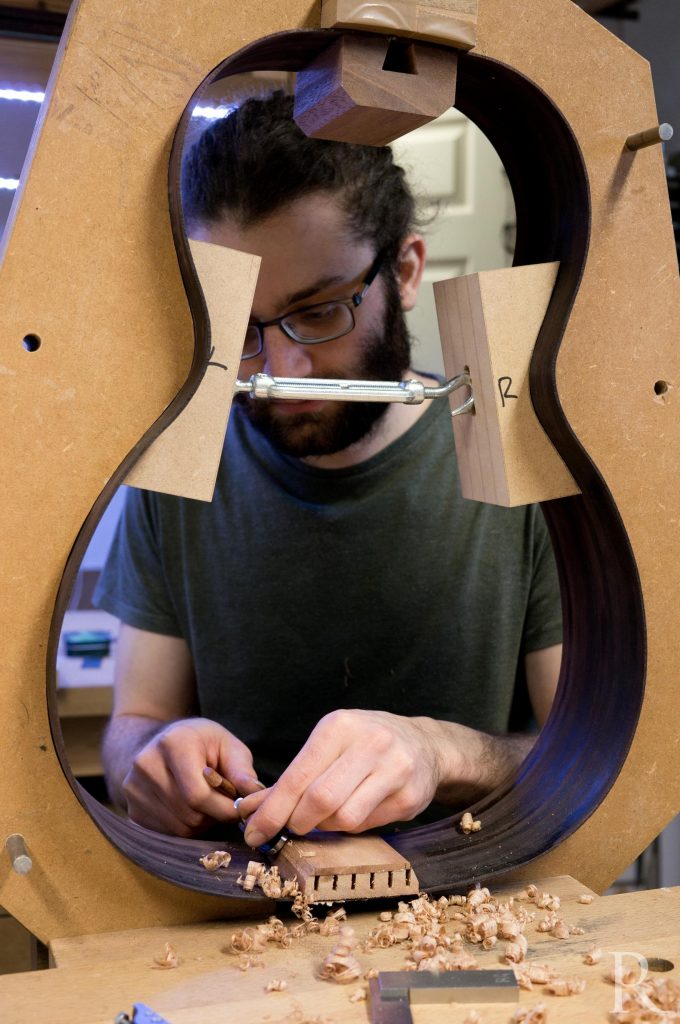
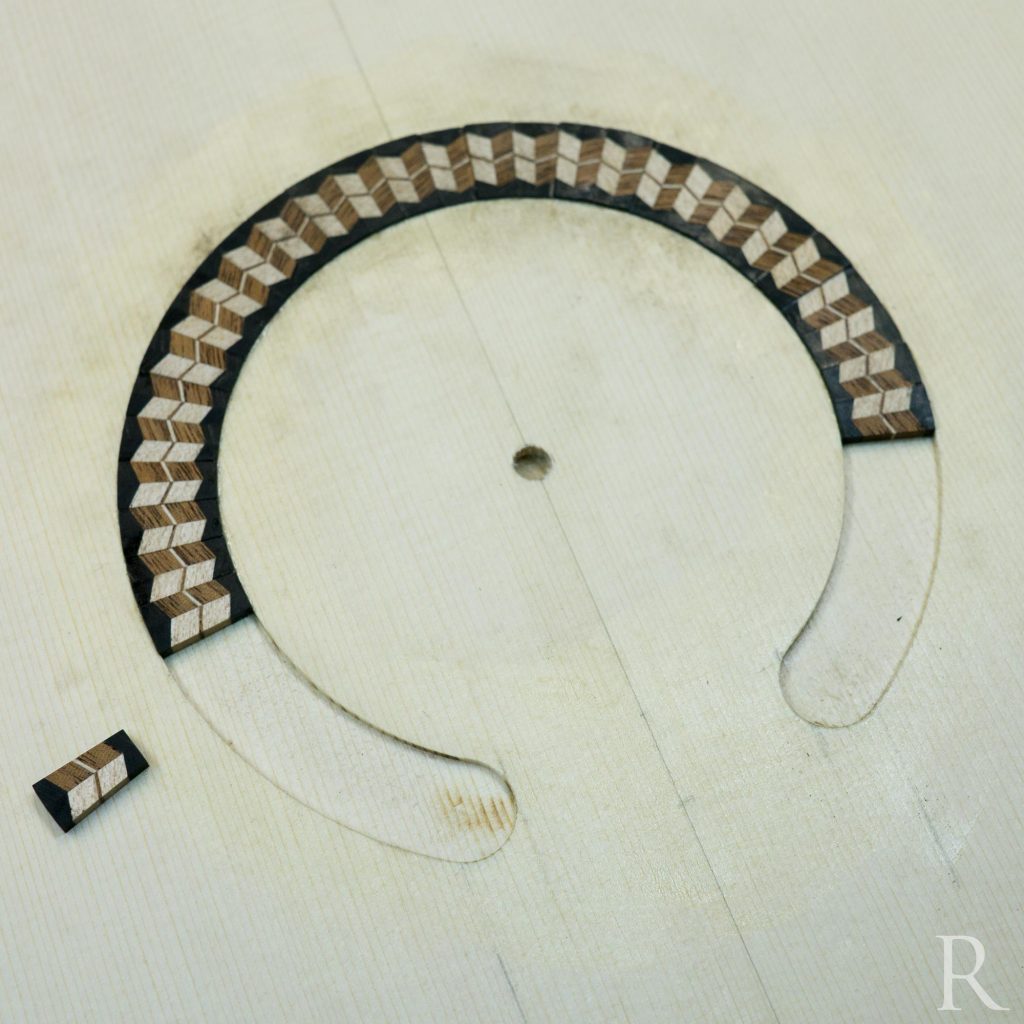
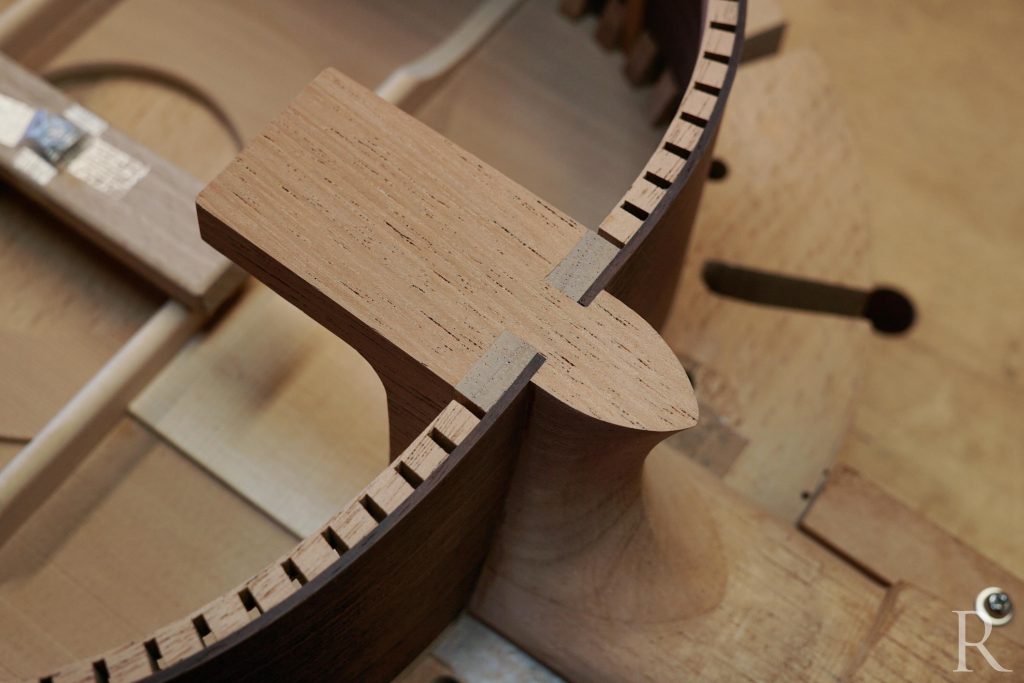

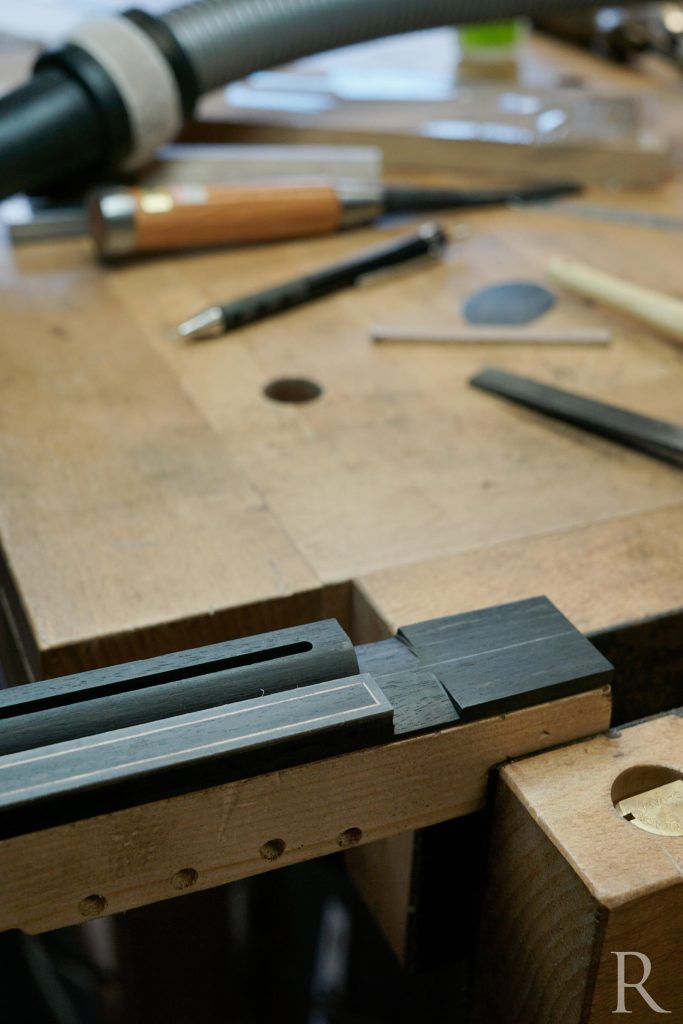
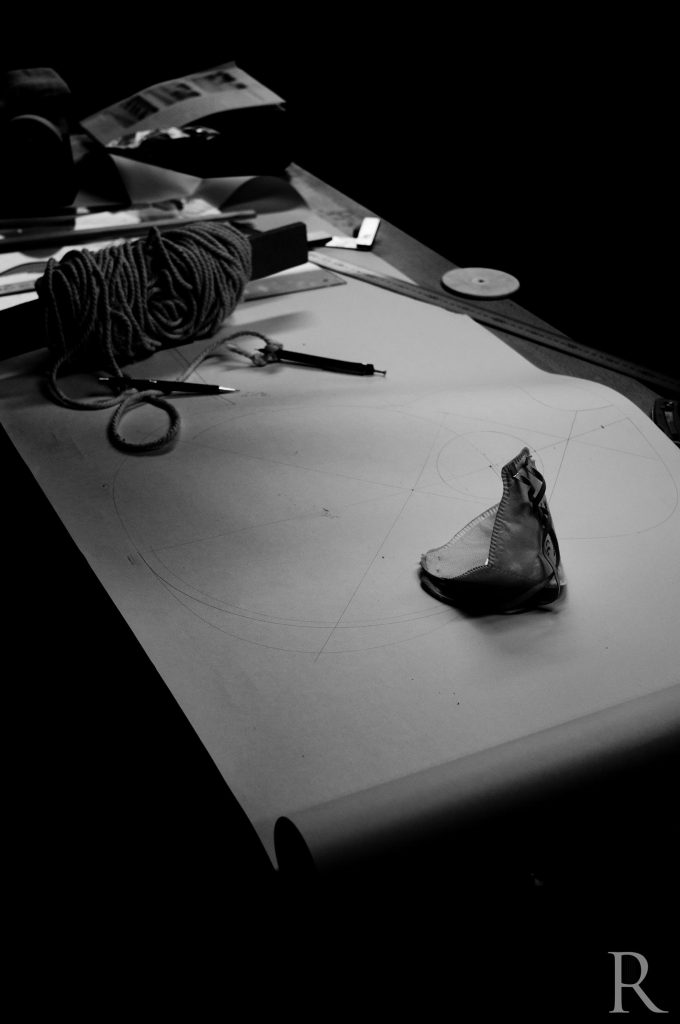
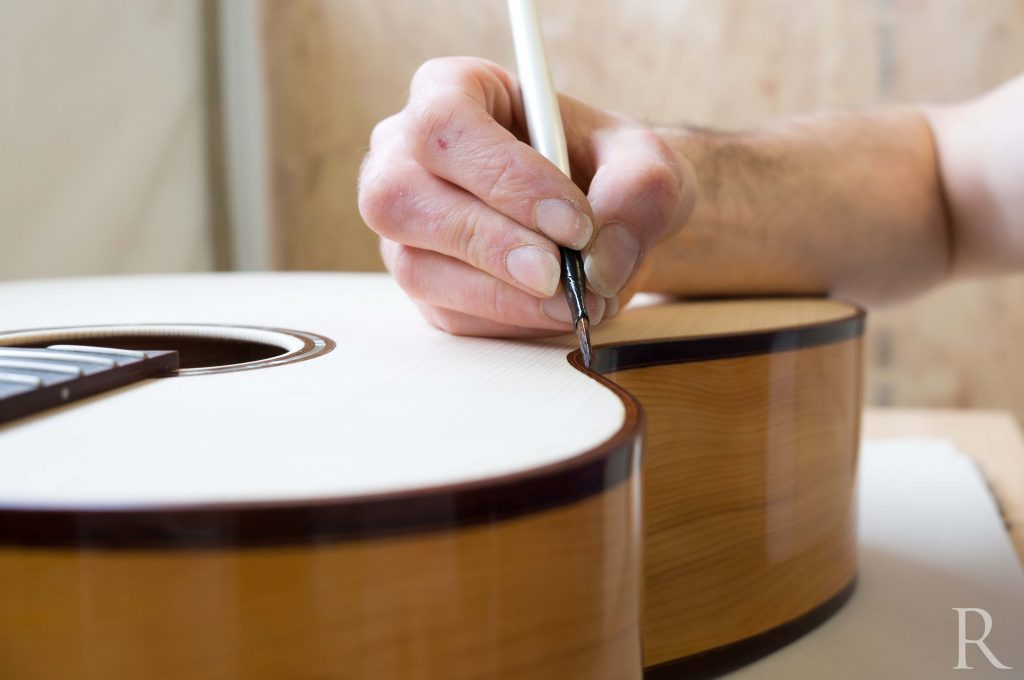
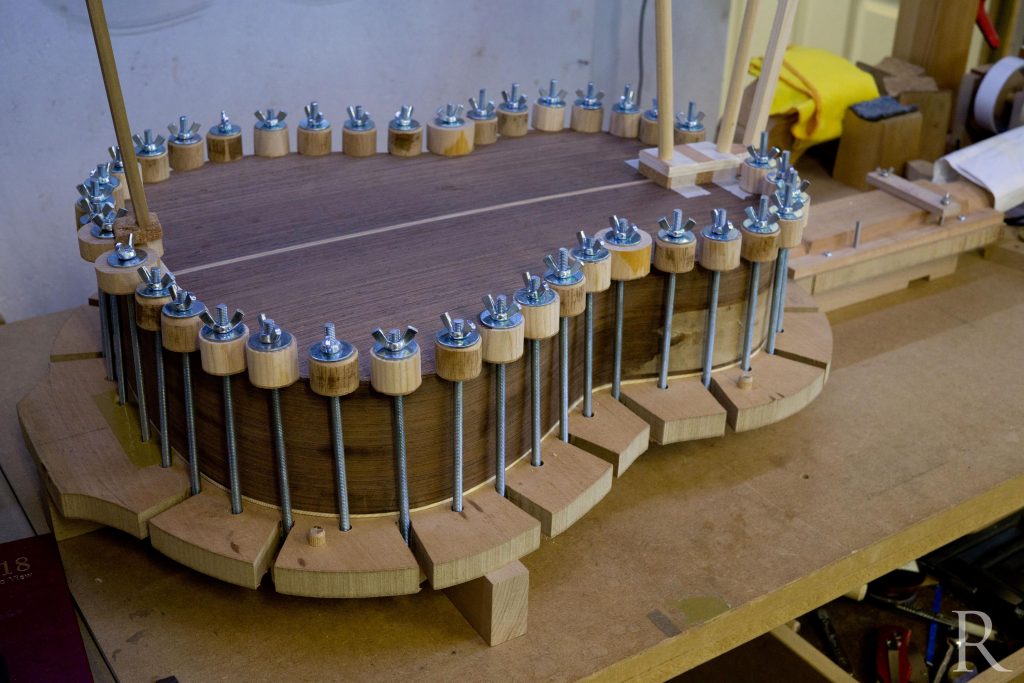
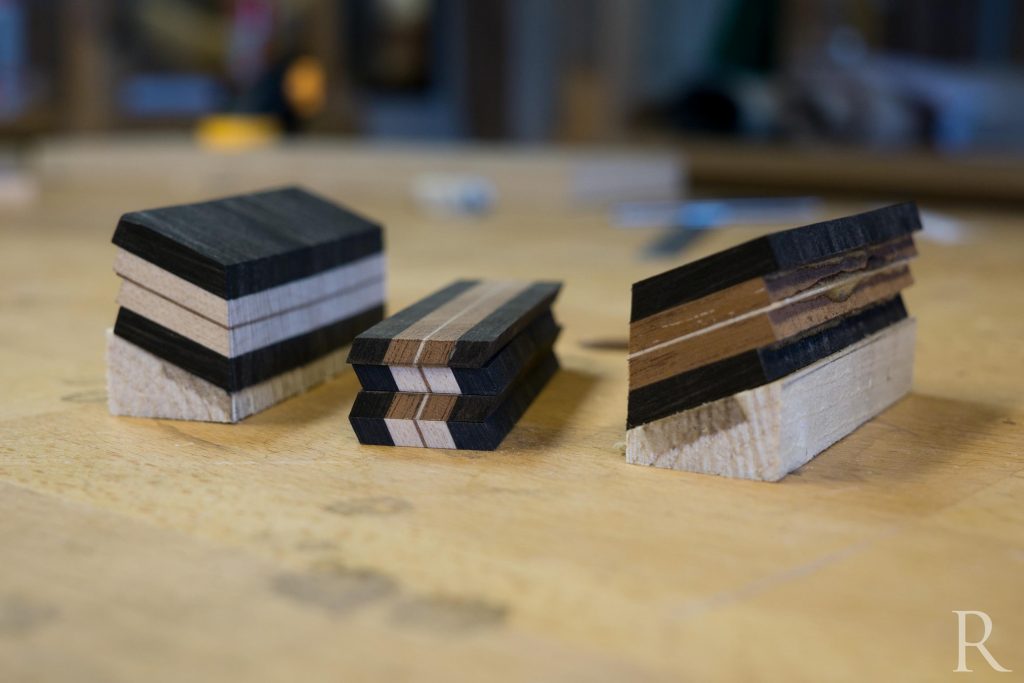
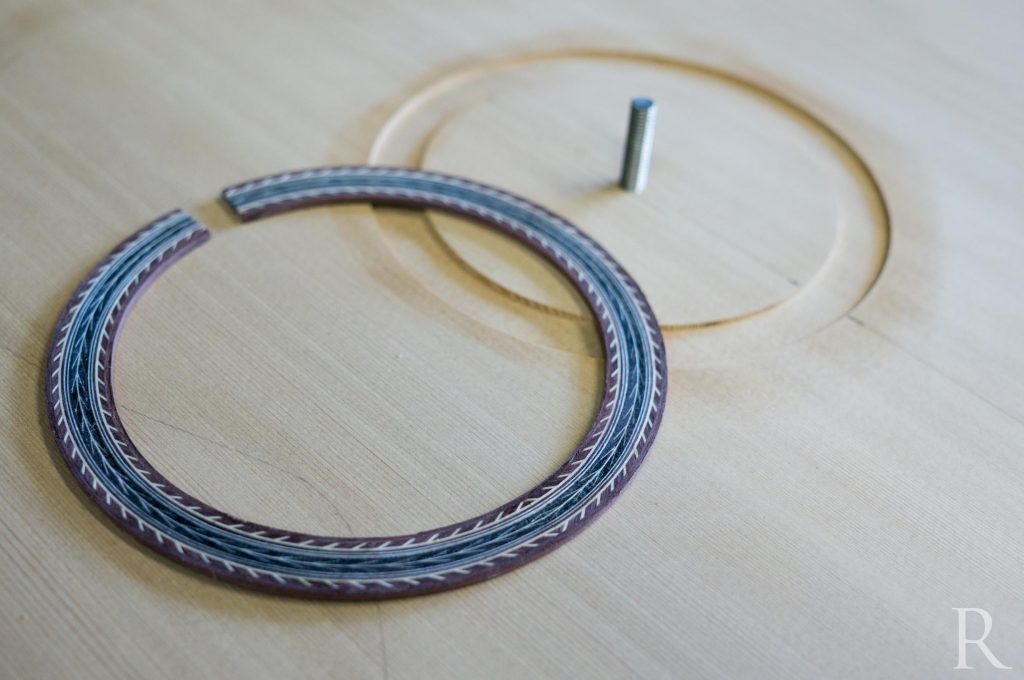
For more construction photos:
Spruce & Wenge Classical Guitar
Cedar & Indian Rosewood Classical Guitar
My Philosophy
To me making guitars is a craft not a science. My skill and knowledge comes through experience. I see the process as a collaborative one between myself and wood I work.
I hope the care and focus I put into each and every guitar will give it a life existing for several generations. For me my clients are the current custodians of their guitar that will continue to bring inspiration and joy to them and others after.
Method
My method is a traditional Spanish construction. I make the soundboard first in a solera (dished board) then join it to the neck featuring a slipper heel. The sides are slotted into the neck and the back is fitted last.
I use hand tools in many areas of my builds. They offer me the best way to work with the wood not against it. I view using machine tools as an extension to hand tools. To me machining has an important place in my guitar making as a smart way to save time with excellent results.
However, I only use traditional methods and tools for the parts of the guitar that contribute most to the sound, for example the top and back plates. To me it is crucial to be connected to the work in such a tactile way. The great Spanish guitar maker Antonio de Torres was asked what makes his guitars so special. He is reported to have said nothing and responded by just rubbing his fingers together. Exactly right, the skill of a maker is in their hands.
Tonewood?
This is a contentious topic. Many will swear the best guitars come only from precise combinations of exotic tonewoods. This, however, is increasingly being proved incorrect. The wood I choose has an impact on the sound of the guitar, but the way I work it is more important. If worked poorly the finest Italian spruce pared with the rare and endangered Brazilian Rosewood will not make a fine guitar. In terms of real tonewood the soundboard is unquestionably fundamental to the sound of the instrument.
I’m conscious that listeners and players will discern a bigger difference between luthiers than wood species. This has been shown by the most recent and rigorous testing. Find more information on the excellent work carried out by the Leonardo Guitar Research Project.
I use the finest well seasoned quarter sawn timber, fundamental to building a stable instrument. I select the wood carefully for the type of guitar to be made, the players playing style and tastes as well as the aesthetic qualities.
Sustainability
Wood is a precious resource and needs to be protected. This cannot be in doubt. The entirety of instrument makers only use a small percentage of the total timber used each year across all sectors. However, we all have an important role to play leading the way in using a wider variety of wood species. A personal goal for myself and hopefully others is to move away from endangered timber to more sustainable ones whilst still making the finest instruments possible.
I feel that there is a balance to be had. I have a good supply of Indian Rosewood which is so often sort after. Whilst I’m happy to still supply my clients with the woods they desire I am turning my attention to using more sustainable wood species. I look forward to proving that concert quality guitars can be produced from a wider selection of well managed sustainable woods.
